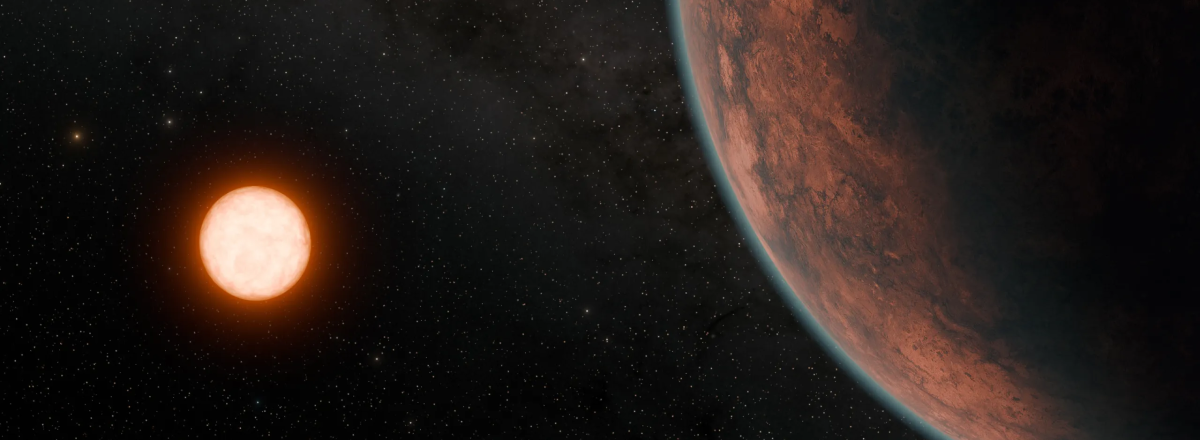Astronomers Discover Gliese 12 b, an Ideal Exoplanet for Life Search
Two international teams of used the TESS (Transiting Exoplanet Survey Satellite) and other facilities to identify Gliese 12 b as one of the closest Earth-like planets to our solar system.

Astronomers have recently discovered an exoplanet that could potentially mirror Earth's conditions, making it an ideal candidate for the search for extraterrestrial life. Named Gliese 12 b, this planet is located only 40 light-years away and is orbited by a red dwarf star.
Two international teams of used the TESS (Transiting Exoplanet Survey Satellite) and other facilities to identify Gliese 12 b as one of the closest Earth-like planets to our solar system. Particularly noteworthy is its placement within the habitable zone of its star, making it a prime target for further investigation.
Gliese 12, the red dwarf at the center of the system, is notably smaller and cooler than our Sun, with only about a quarter of the Sun's size and half its surface temperature. Despite this, Gliese 12 b is very close to its star, completing an orbit every 12.76 days and receiving 1.6 times more energy than Earth, yet 15% less than Venus.
Researchers estimate the average surface temperature of Gliese 12 b to be around 42 degrees Celsius (107 degrees Fahrenheit), which is conducive to supporting life as we know it, assuming it has a suitable atmosphere. The tranquility of its star, Gliese 12, which is uncommonly calm for a red dwarf, increases the chances of the planet maintaining its atmosphere against sterilizing solar flares.
The scientific community is excited about the prospects of using the James Webb Space Telescope to determine if Gliese 12 b has an atmosphere. Understanding its atmospheric conditions could provide crucial insights into how Venus turned into a scorching planet while Earth remained habitable. This discovery also enhances the potential for habitable zones around other red dwarfs, which are the most common stars in our galaxy.

